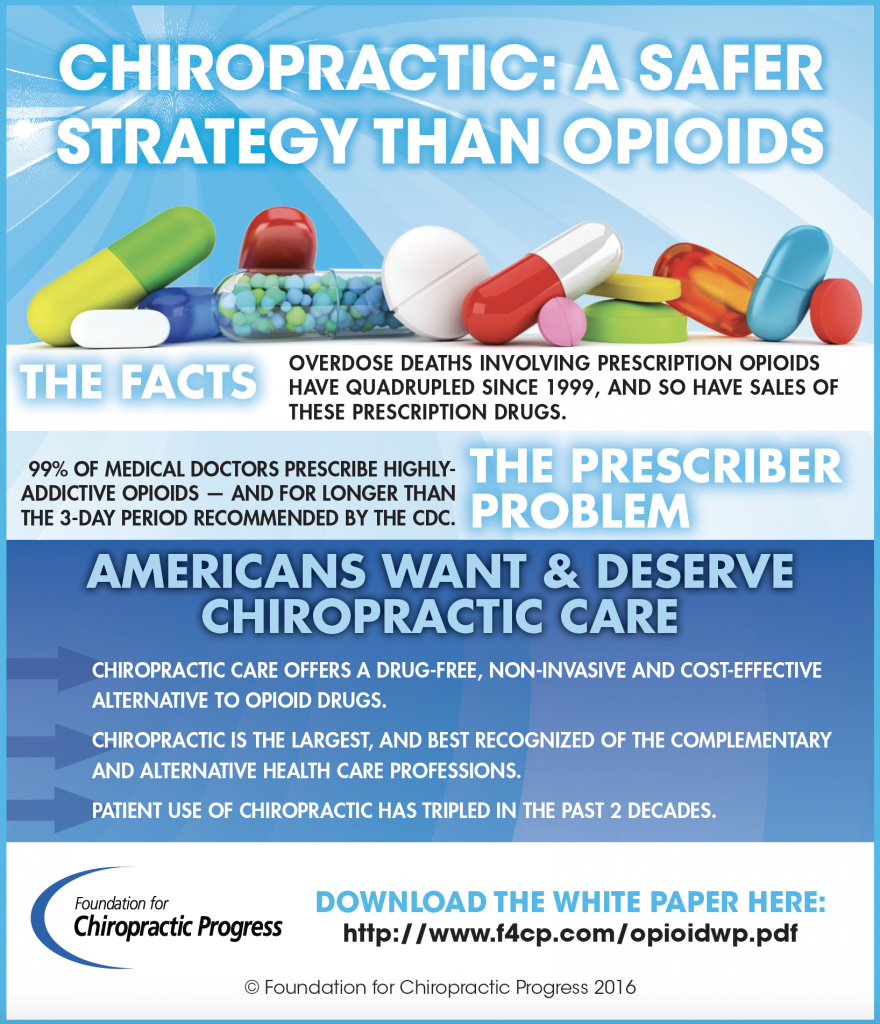Cold Laser Treatment: Misconceptions Vs. Facts
Cold Laser Treatment: Misconceptions Vs. Facts
Blog Article
Web Content By-Holmgaard Faber
You might have listened to conflicting information about cold laser treatment, questioning what holds true and what's not. As you evaluate the myths versus the realities, it's vital to separate mistaken beliefs from scientific proof. Comprehending the advantages and prospective risks can aid you make educated choices concerning including this cutting-edge treatment into your medical care routine.
Common Misconceptions
Common misconceptions regarding cold laser therapy can lead to confusion and suspicion amongst individuals looking for choice treatments. One common misconception is that cold laser treatment includes making use of unsafe radiation. In reality, cold laser therapy uses low-level laser light that does not create warm or cause damage to tissues.
Another misunderstanding is that cold laser treatment hurts, when in fact, it's a non-invasive and pain-free procedure. Some people also think that cold laser treatment is only effective for surface-level problems, such as skin disease. However, research has actually shown its efficiency in treating a vast array of problems, consisting of musculoskeletal injuries and chronic pain.
Additionally, there's a misunderstanding that cold laser therapy produces instant outcomes after a single session. While some individuals might experience relief after one therapy, a series of sessions is commonly advised for ideal end results. By dispelling these misconceptions, clients can make informed choices regarding integrating cold laser treatment into their medical care routine.
Scientific Evidence
Mistaken beliefs about cold laser therapy can be resolved by examining the scientific proof supporting its efficacy. Numerous research studies have examined the effectiveness of cold laser therapy in various clinical conditions, such as pain management, cells fixing, and swelling decrease. Research study has shown that cold laser therapy can help accelerate the healing process by advertising cellular repair work and enhancing blood flow in the targeted location.
In linked webpage released in the journal Pain Study and Management, researchers located that cold laser treatment dramatically lowered discomfort levels in people with persistent neck pain contrasted to a placebo treatment.
One more research study in the Journal of Rheumatology showed the favorable effects of cold laser therapy in reducing swelling and enhancing joint feature in individuals with rheumatoid joint inflammation.
Advantages and Risks
What're the potential advantages and risks connected with cold laser treatment?
Cold laser treatment uses various advantages such as reduced inflammation, pain alleviation, and sped up cells repair work. By advertising cellular function and circulation, it can assist in recovery injuries, decreasing swelling, and enhancing range of movement. In addition, this non-invasive therapy is usually quick, pain-free, and calls for no downtime, making it a convenient option for numerous individuals.
Nevertheless, like any type of medical procedure, cold laser treatment does come with some threats. While uncommon, potential adverse effects may consist of moderate tingling, momentary skin irritability, or a mild boost in pain. It's vital to guarantee that the treatment is carried out by a qualified medical care specialist to reduce any type of damaging results and take full advantage of the advantages.
Additionally, cold laser treatment might not appropriate for every person, specifically individuals with certain clinical problems or pregnant females, so talking to a healthcare provider before beginning therapy is important to establish its suitability for your particular situation.
Verdict
In conclusion, cold laser treatment is a secure and reliable therapy option for bone and joint injuries and persistent discomfort conditions, in spite of typical false impressions.
Scientific proof supports its advantages in reducing swelling, increasing cells repair, and boosting mobile feature.
While several sessions may be required for ideal results, the non-invasive nature of cold laser treatment makes it a useful therapeutic choice for those looking for pain monitoring and recovery.
